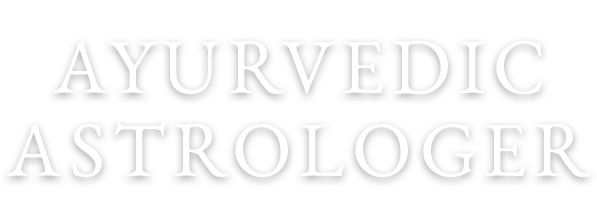 The guiding principal of Ayurveda is disease prevention through harmonizing our body’s rhythm with nature. One way to create this balance is to align the body’s healing energies through marma massage.
The guiding principal of Ayurveda is disease prevention through harmonizing our body’s rhythm with nature. One way to create this balance is to align the body’s healing energies through marma massage.
Marma is a Sanskrit word meaning hidden, or secret. By definition, a marma is a juncture on the body where two or more types of tissue meet such as muscles, veins, ligaments, bones or joints.
More importantly, marmas are where the gross meets subtle as marmas are intersections between physical tissues and subtle life-force (prana). In Ayurveda, marmas house the doshas (vata-pitta-kapha) providing an immediate treatment protocol via the modality of massage.
In Ayurvedic philosophy, doshas make up a person’s constitution. The trinity includes vata (air), pitta (fire) and kapha (earth-water). Everyone is born in a state of balance, or prakriti. During the aging process, factors such as anxiety, poor diet and sleep habits cause disharmony among the doshas.
Doshic imbalance will block the movement of free-flowing energy in the body, prana. Eventually, blockage and stagnation of prana will set the ground for physical-mental discomfort and disease.
Treating marma via massage moves stagnant prana either by arousing or calming the doshas as each marma has three receiving points that align with the three doshas.
Asana has a similar effect upon marma as reflected by the names of the asana that specifically treat that area of the body. A commonly known pose is Janu Shirshasana. Janu means knee and shirsha means head.
Treating the Janu marmani both through Janu Shirshasana and massage manages vata and kapha. The indications for treatment are arthritis, limited rage of motion, PVD, pain and edema of the lower extremities.

No comments yet.